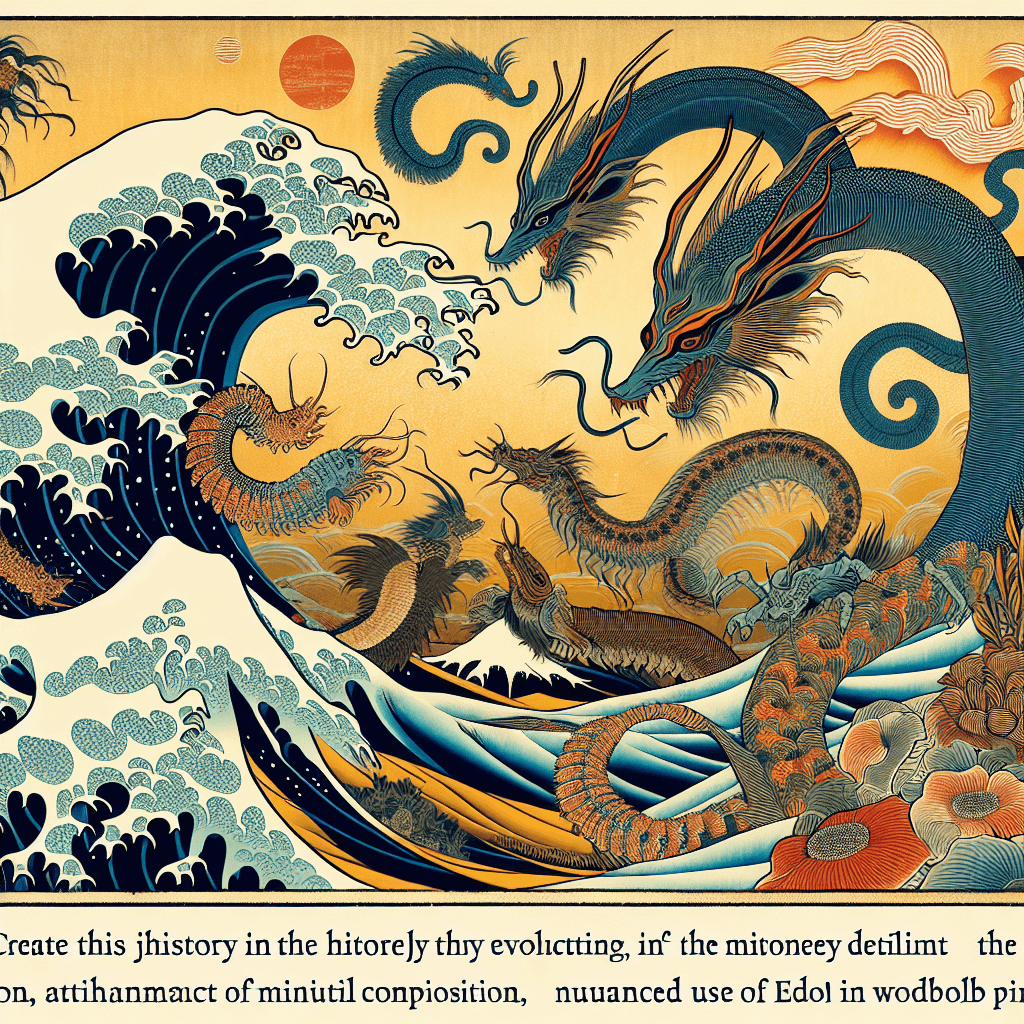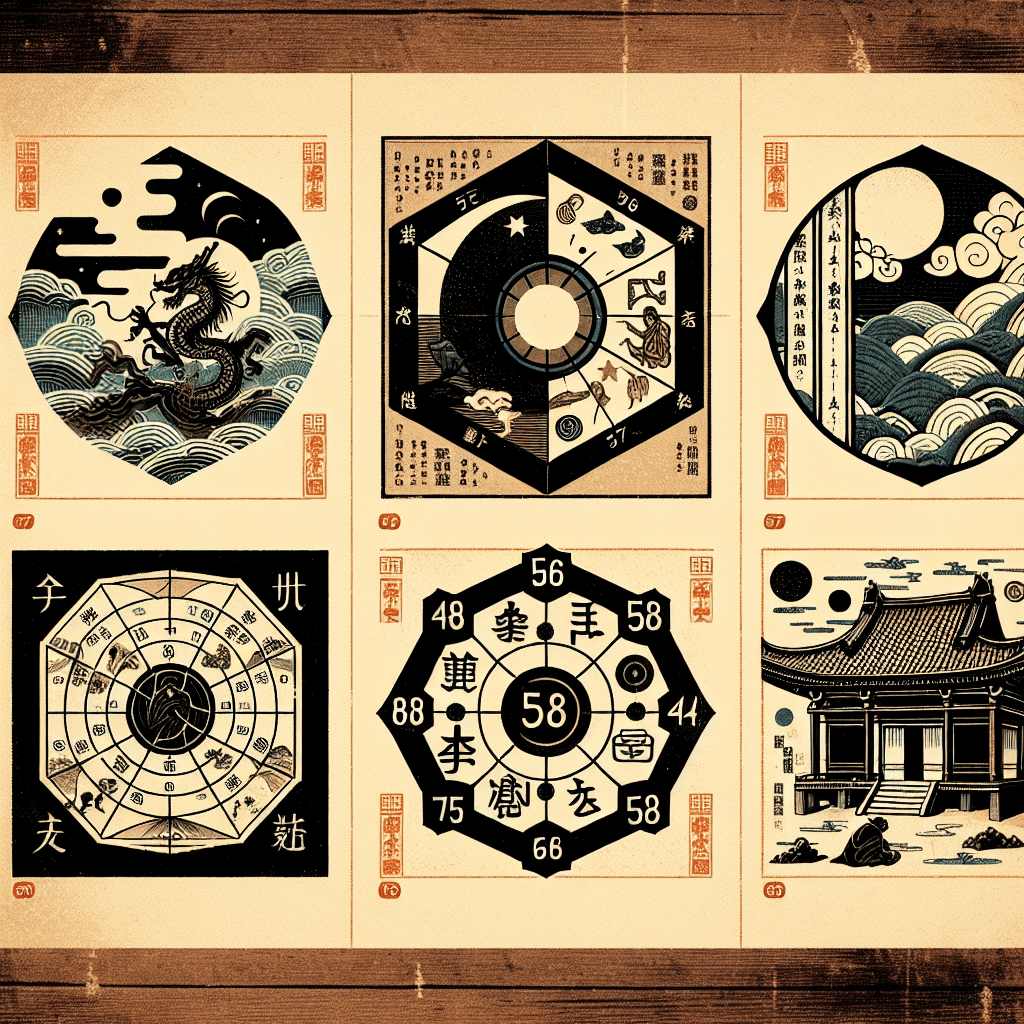Harnessing Inner Potential: The Toltec Path to Personal Power
syndu | Dec. 15, 2024, 10:15 a.m.

The Origins of the Tree of Life: A Journey Through History
Introduction
The Tree of Life is a profound symbol that has captured the imagination of cultures around the world for centuries. It represents the interconnectedness of all life, the cycle of birth and rebirth, and the journey of spiritual enlightenment. In this blog post, we will explore the early history and initial conceptualizations of the Tree of Life, tracing its roots across different cultures and traditions.
Ancient Beginnings
Mesopotamian and Egyptian Roots
The concept of the Tree of Life can be traced back to ancient Mesopotamia and Egypt, where it was often depicted as a sacred tree connecting the heavens, earth, and the underworld. In Mesopotamian mythology, the tree was associated with the goddess Inanna and symbolized fertility and eternal life. Similarly, in ancient Egypt, the Tree of Life was linked to the god Osiris and represented the cycle of life and death.
The Tree in Jewish Mysticism
In Jewish mysticism, the Tree of Life is a central symbol in Kabbalah, representing the structure of the universe and the path to spiritual enlightenment. The earliest references to the Tree of Life in Jewish texts can be found in the Sefer Yetzirah (Book of Creation) and the Zohar (Book of Splendor). These texts introduce the idea of the Tree as a map of divine attributes and the soul's journey toward God.
The Tree of Life in Various Cultures
Norse Mythology
In Norse mythology, the Tree of Life is known as Yggdrasil, a massive ash tree that connects the nine worlds of the cosmos. Yggdrasil is central to Norse cosmology, symbolizing the interconnectedness of all things and the cyclical nature of life. It is said to be the axis mundi, or the world's axis, around which the universe revolves.
Hindu and Buddhist Traditions
In Hinduism and Buddhism, the Tree of Life is often associated with the Bodhi Tree, under which Siddhartha Gautama attained enlightenment and became the Buddha. The Bodhi Tree symbolizes wisdom, spiritual awakening, and the interconnectedness of all life. In Hindu mythology, the Kalpavriksha, or wish-fulfilling tree, represents abundance and the divine connection between heaven and earth.
Symbolism and Significance
The Tree of Life is a universal symbol that transcends cultural boundaries, representing the cycle of life, death, and rebirth. It embodies the idea of growth, strength, and interconnectedness, serving as a reminder of the unity of all living things. The Tree of Life also symbolizes the journey of spiritual enlightenment, encouraging individuals to seek wisdom and understanding.
Conclusion
The Tree of Life is a timeless symbol that has evolved over centuries, reflecting the diverse beliefs and values of different cultures. From its ancient roots in Mesopotamia and Egypt to its significance in Jewish mysticism, Norse mythology, and Eastern traditions, the Tree of Life continues to inspire and captivate people around the world. As we explore its origins and early history, we gain a deeper appreciation for its enduring significance and the wisdom it offers to seekers across cultures and ages.







